The Chinese Money plant, Pilea peperomioides, also goes by pancake plant, coin plant, and friendship plant. You might also hear of them as UFO plants because folks think their leaves resemble flying saucers.
They are modest-sized plants popular for their unique round leaves on long stalks and easy care needs. Coin-shaped leaves are attached on the underside, near the center of the leaf, instead of at the base–a trait called peltate. With their glossy, round foliage, Chinese money plants look like they offer dark green, shiny coins to passersby.
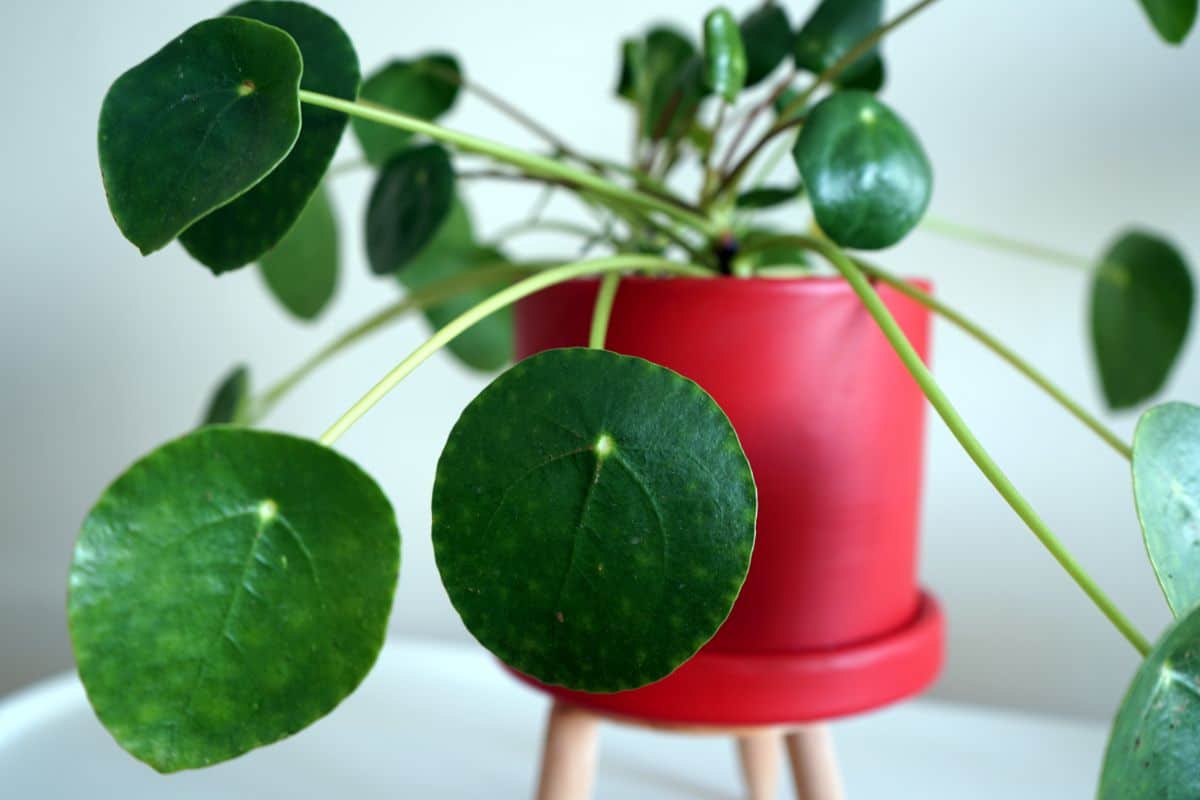
Chinese Money plants can be difficult to find unless you have a houseplant specialty store in town. Online shopping on platforms like Etsy can be a way to find these plants if you cannot locate them locally. If buying online, consider the weather when you are shipping. These sub-tropical plants won't tolerate being left on a cold doorstep in New York in January.
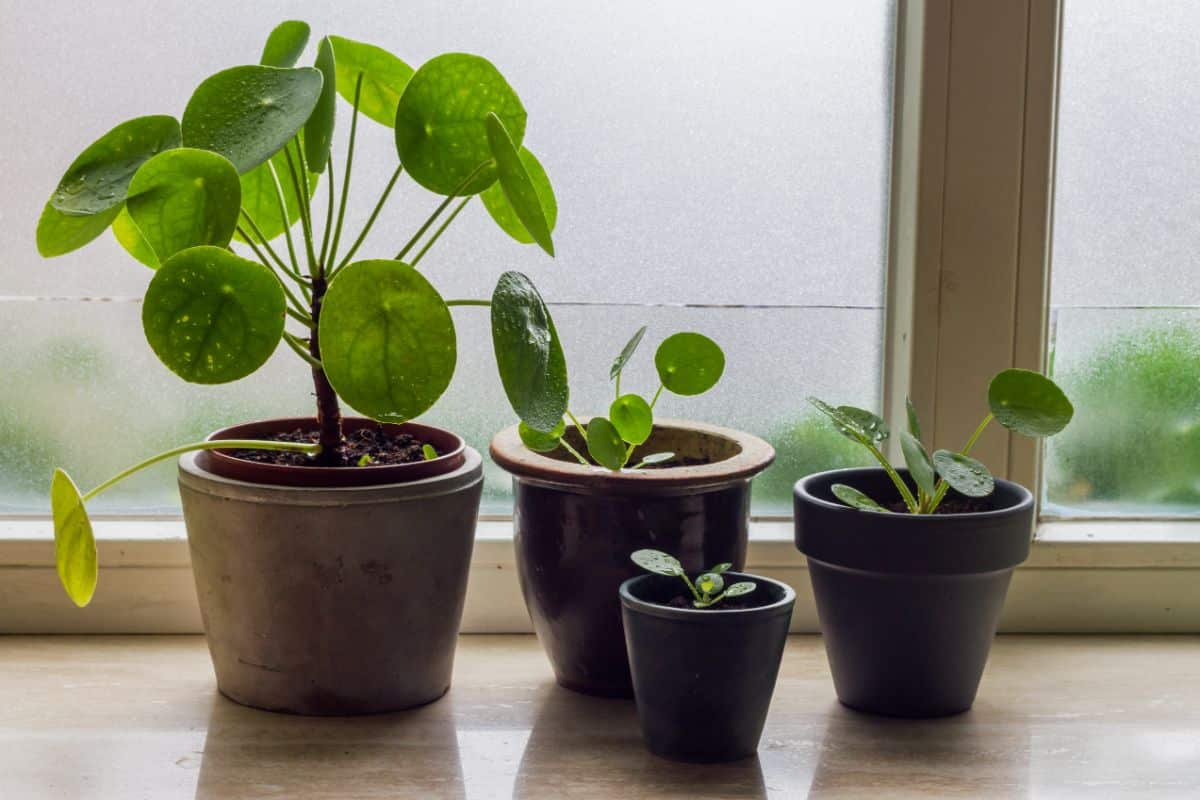
Pancake plants grow relatively quickly and will likely need to be repotted about once a year. This is an excellent time to grab a few cuttings and separate some pups to make new plants. Chinese Money plants spread via rhizomes and create new 'baby' plants called pups from their root nodes. These tiny plants can be carefully separated and rooted to make new offspring.
Jump to:
Ways To Propagate Chinese Money Plants
The Chinese Money Plant is super easy to propagate. New plants can be grown from stem cuttings or from offsets called pups. If your plant has them, separating and rooting pups is the easiest and fastest method.
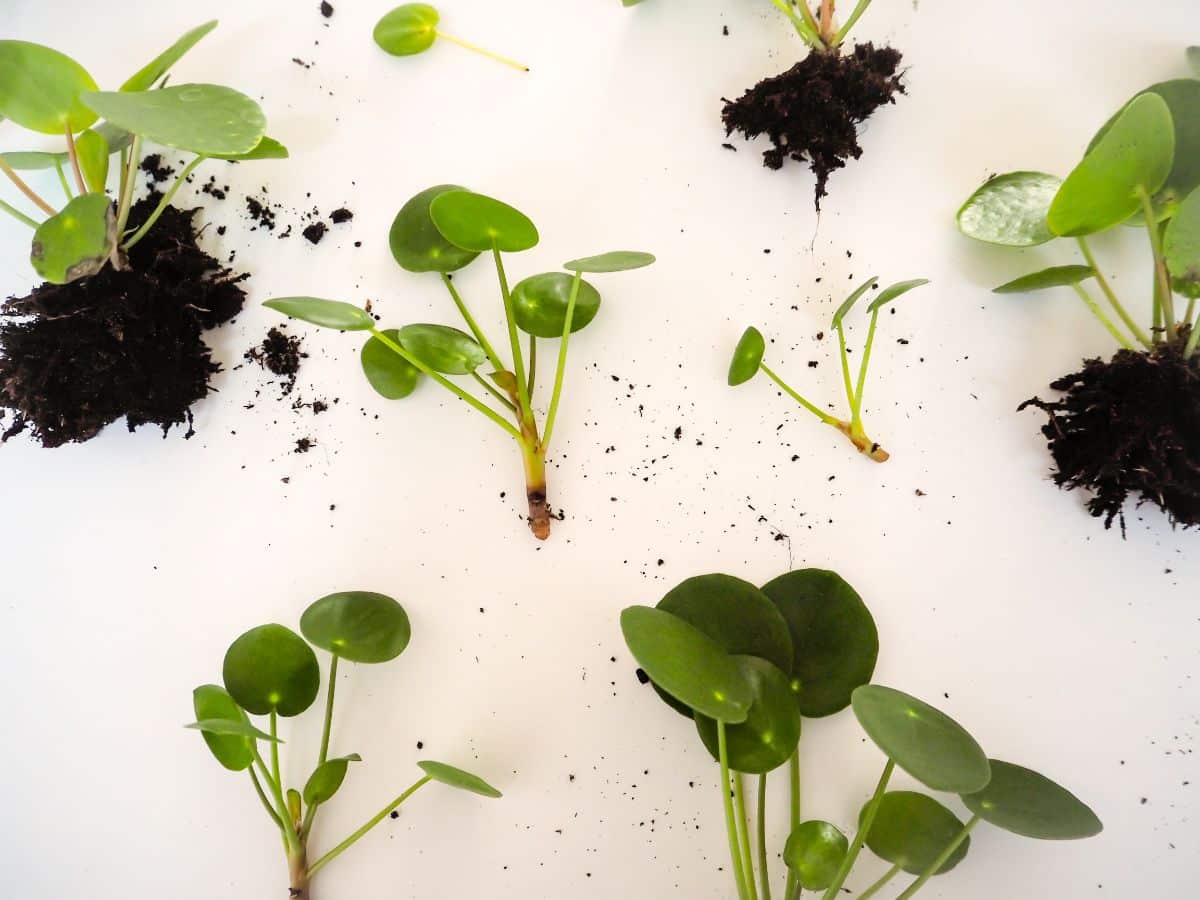
How to Propagate Chinese Money Plant from Pups or Offsets
If you have an established coin plant, you likely have several offsets or pups growing under the main canopy of leaves. These miniature plants can be separated and rooted to make a new one.
- Find a pup and gently remove soil around its base, down to about an inch or two. Try to find where the primary root is.
- Using a clean, sharp knife or scissors, snip off the pup, cutting as close to the mother root as possible.
- Place this newly minted pup in a jar of clean, chlorine-free water. Ensure none of the leaves are submerged. A small jar or vase works best. Set the container with your new plant in a bright spot out of direct light.
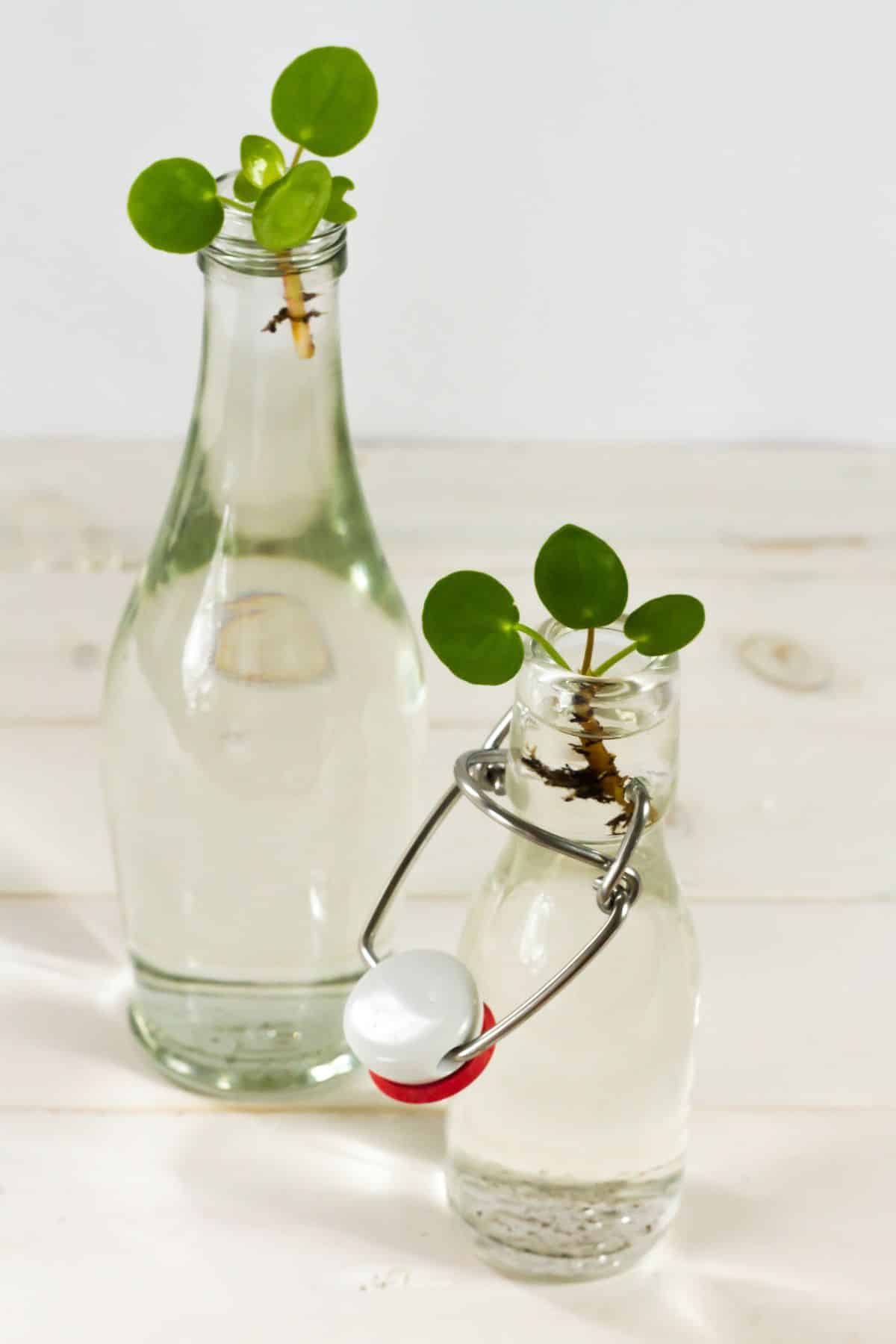
- Pups can also be directly planted in moist potting soil to root. They are reasonably cooperative either way. Try both, and see which one works best for you.
- Small white roots should begin forming in about a week or two. Wait until those roots are at least 1-2 inches long, and then transplant your new Chinese Money plant into a small pot. Use rich, well-draining potting soil.
Perlite or a bit of orchid bark can assist in draining. Don't plant them in coffee cups or other cute containers. The lack of drainage will cause root rot and kill your plant. Save those designer planter ideas for plants that enjoy a drier environment.
How To Grow Chinese Money Plants From Cuttings
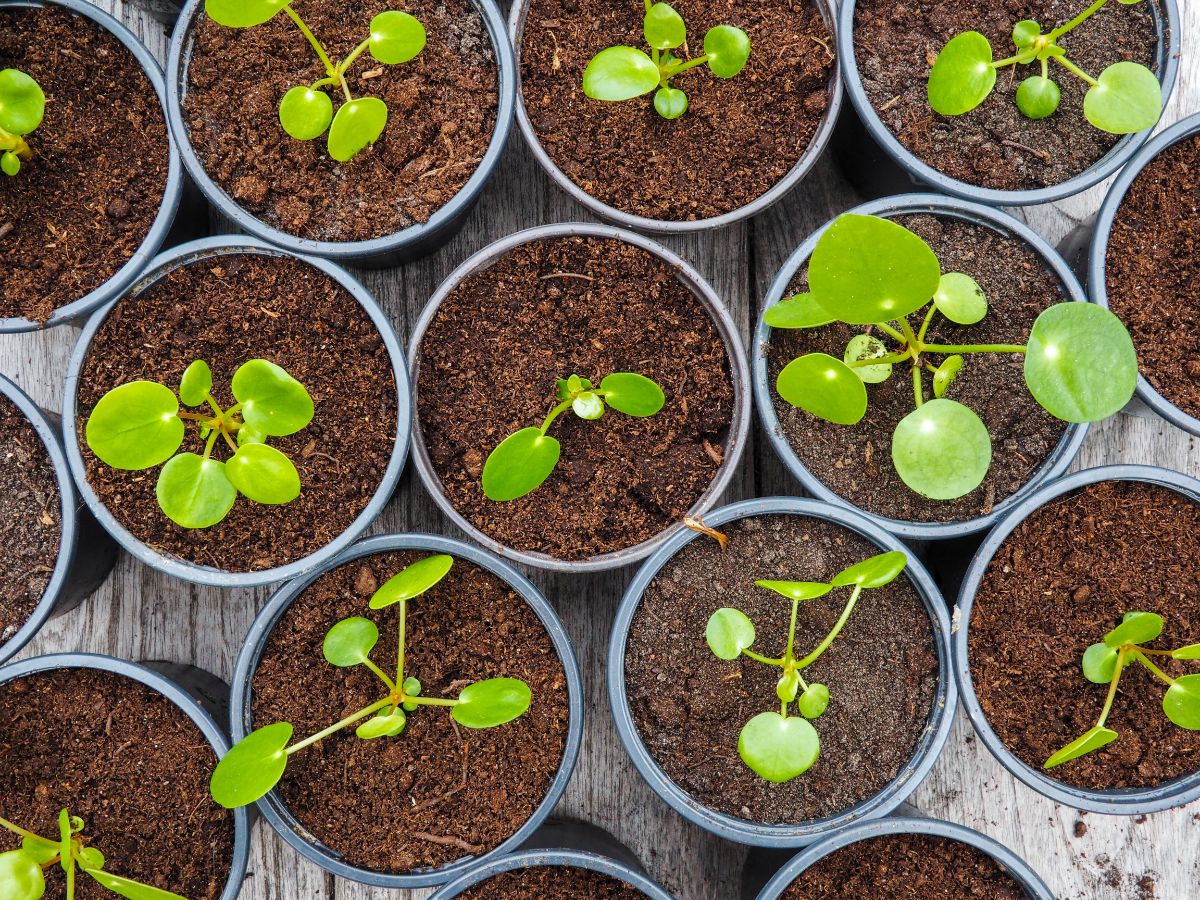
Propagating these plants from stem cuttings is not as common or easy as dividing offsets. However, if your plant does not have any offsets yet, try this method. The roots will grow from the small piece of stem, not the petiole.
To take a Chinese Money plant stem cutting:
- Select a healthy, vibrant leaf. Follow the petiole–the stalk that attaches the leaf to the main stem–down until you find the node where it leaves the plant's trunk.
- Using a clean, sharp knife, gently pry and cut the petiole and the node away. You should have a leaf, a petiole, and a small chunk of the primary stem node at the bottom. Don't cut too deeply, or you risk damaging the mother plant.
- Place the new cutting in a clear-walled container filled with water. Make sure the node is submerged. Use a vessel that will keep the plant upright.
Tip: If your tap water is treated with chlorine, you may need to use another source or let your water sit on the counter for 24-48 hours to allow the chlorine to dissipate. You can also boil it for 15 minutes, but don't forget to let it cool.
- Change the water every week to keep it fresh, and keep the jar in a brightly lit and warm spot out of direct sunlight.
- Roots should begin to grow in 2-4 weeks, depending on the plant's vigor and the environment. Look for strong, white roots an inch long.
Tips For Growing Chinese Money Plants
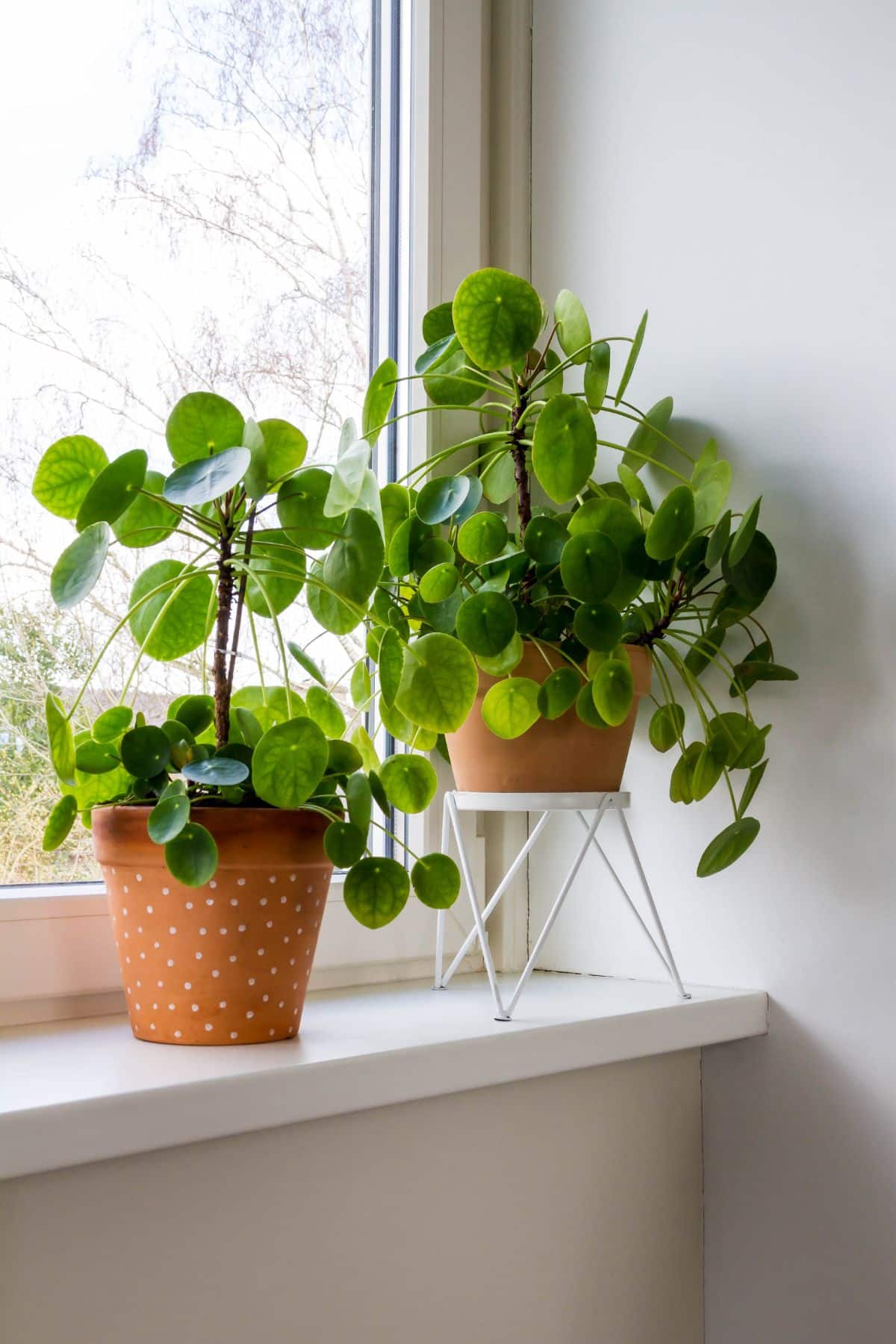
The Chinese Money Plant is easygoing. Follow these tips to keep your UFO plant making new flying saucer leaves and pups.
- These plants are strongly phototropic, meaning they will grow toward light. To keep your Chinese Money plant from developing a lean or lopsided appearance, rotate it frequently, so all sides are exposed to the light. About once every week or two should be fine.
- Give it bright but indirect light. A southern window is likely too much sunshine for these plants and could even cause leaf scorch. They can handle moderate light, but they will grow slower. If your pancake plant is starting to grow slowly and get leggy, that's a sign it wants a bit more light.
- Avoid drafty spots. Don't set your coin plant near the outside door or another drafty site. Windows can be drafty, too, so seal them up to save energy and keep your plants happy.
- Don't let it stay in damp soil. Good drainage is essential to prevent root rot; these plants do not enjoy permanently wet feet. Use your finger to test the soil and water when the soil two inches down feels dry.
- Fewer but deep waterings are better than many light ones. If you notice the leaf stalks and leaves beginning to sag, that is also an indicator that it is time to water.
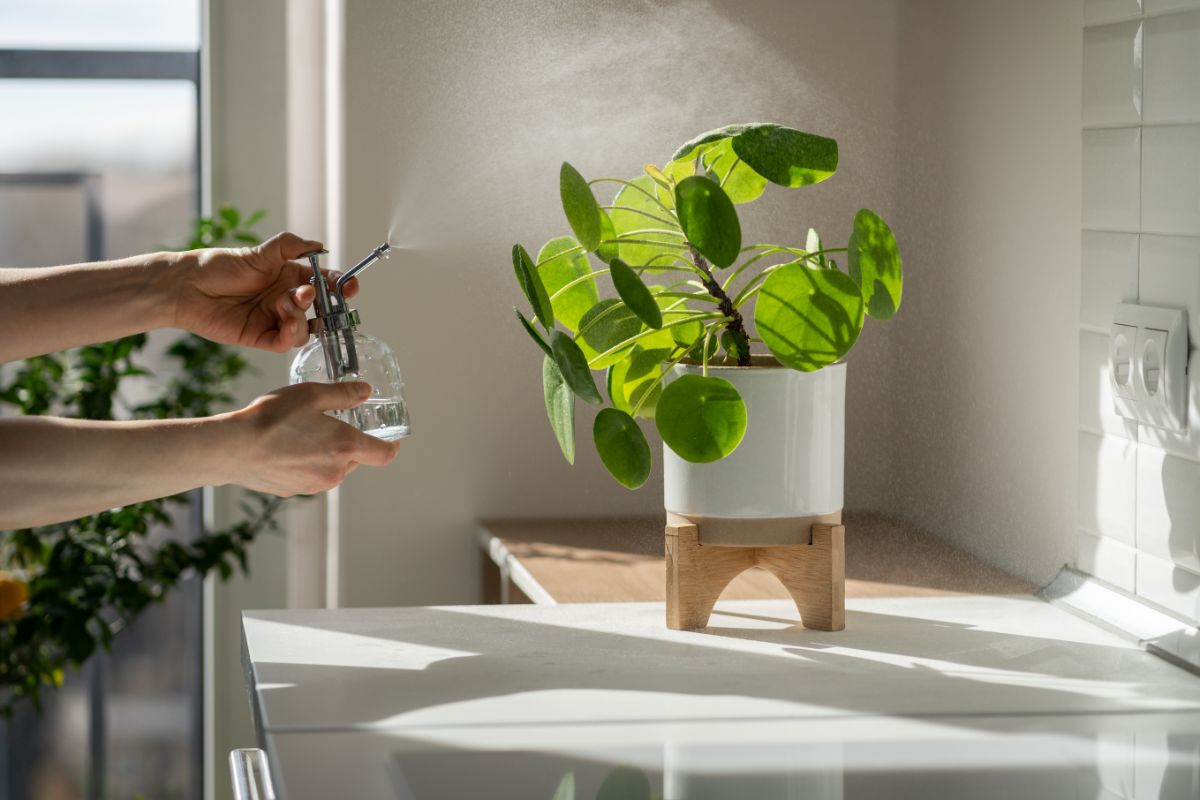
- Up above the soil, Chinese Money plants enjoy a humid environment. If your home gets dry in the winter, as many do, consider a small spot humidifier and group your humidity-loving tropical plants around it. Using pebble trays can also increase local humidity for your plants.
- Repot it as necessary. Your coin plant will need to be repotted every year or two as it grows. Repotting also refreshes the soil before salts and minerals can build up, a common problem for houseplants that are fertilized.

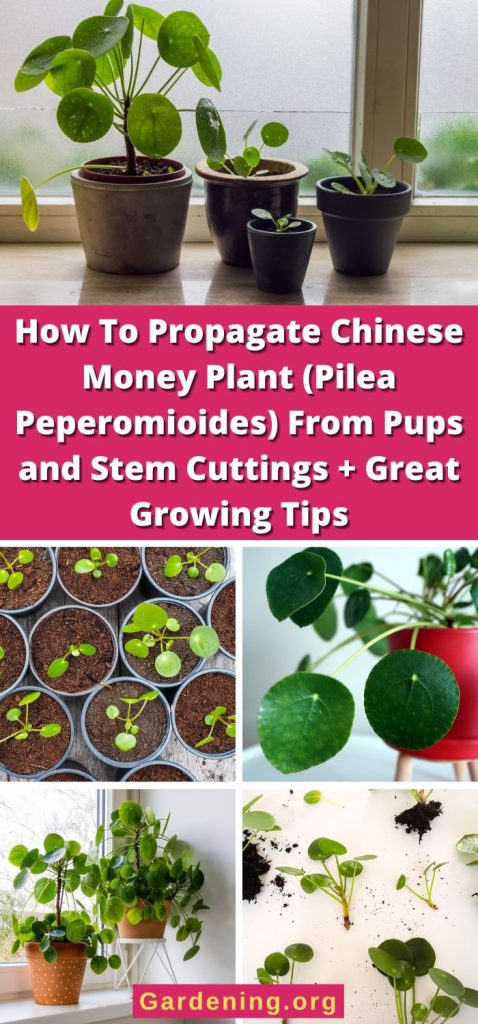
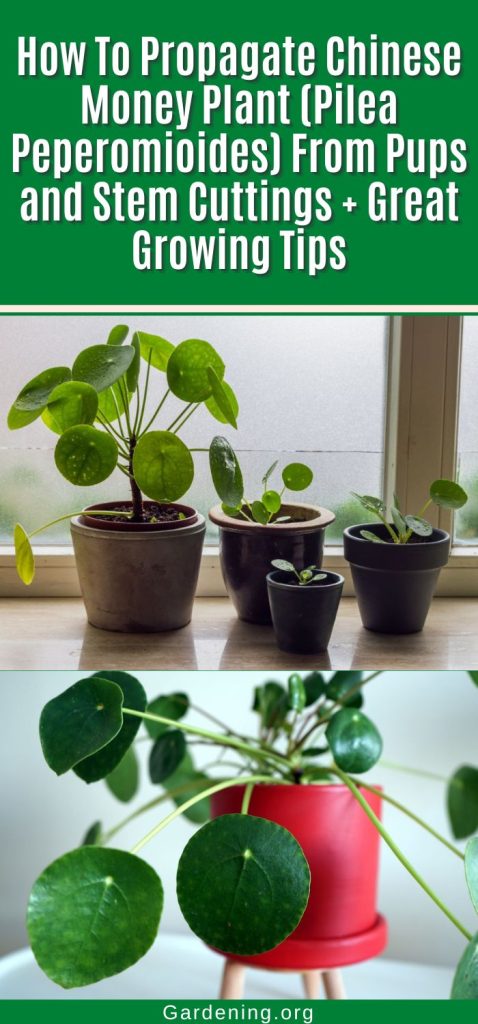
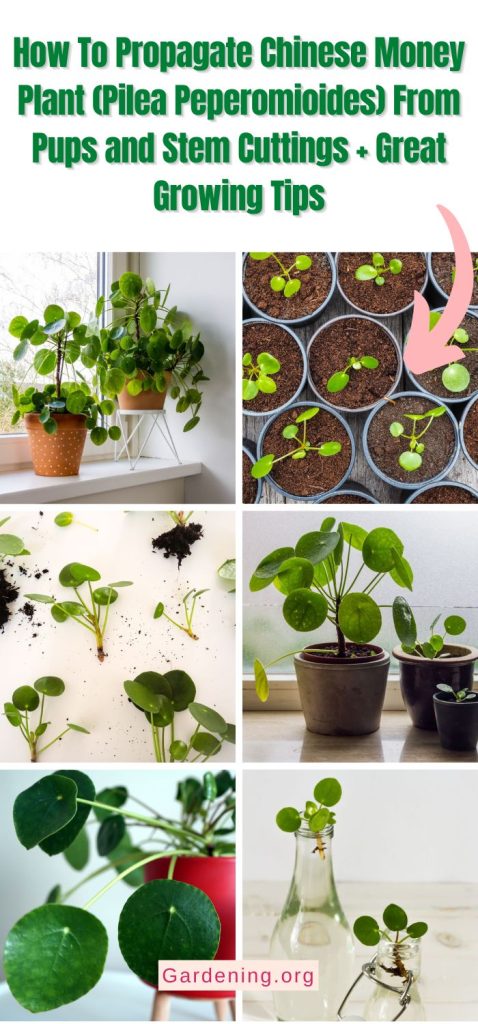
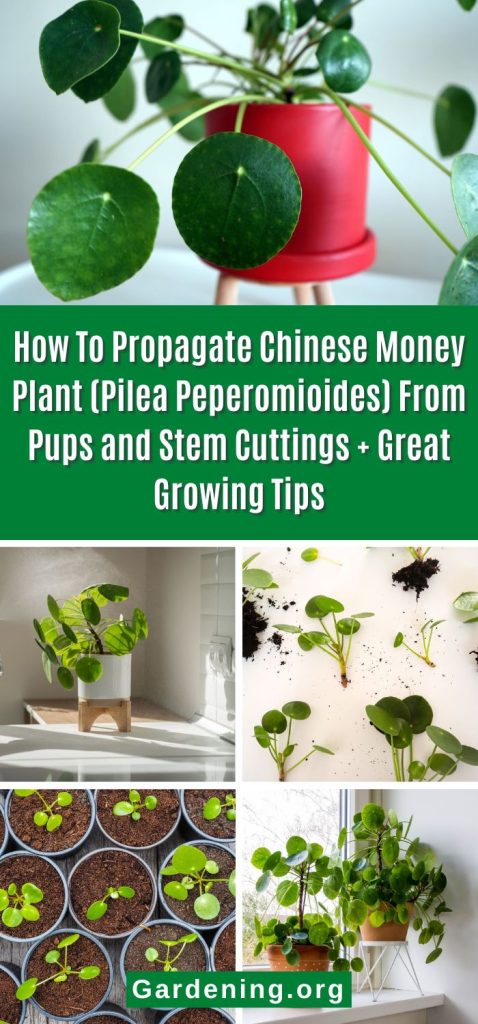




Leave a Reply